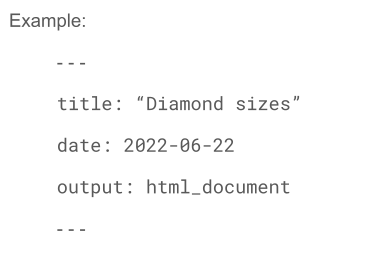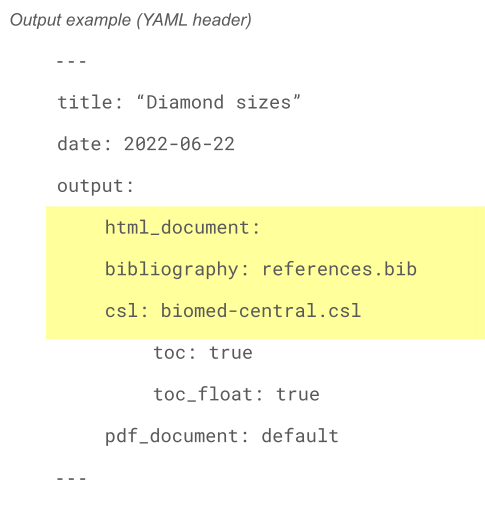Communication with Stakeholders
Foundations Module 4: A conceptual Overview
Welcome to Foundations of Learning Analytics
Foundations of Learning Analyticsare designed for those seeking an introductory understanding of learning analytics and either basic R programming skills or basic Python skills, particularly in the context of STEM education research.
It consists of consists of four modules. Each module of the Foundation of LA includes:
- Essential readings
- Conceptual overview slidedeck
- Code a-long slidedeck
- Case study activity that correlates with the Learning Analytics workflow
- Optional badge activity
Module 4 Objectives
- Fundamentals of Data Visualization:
- Learners will grasp the basic concepts and significance of data visualization in distilling complex educational data into comprehensible and actionable insights.
- Variety of Visualization Techniques:
- Participants will be able to identify and apply different types of visualizations, such as charts, graphs, and heatmaps, to represent educational data effectively.
- Practical Application and Best Practices:
- Learners will gain insights into real-world applications of data visualization in education and learn best practices to enhance the clarity and impact of their visual data presentations.
Essential readings:
- Learning Analytics Goes to School, (Model/Communicate Ch. 3, pp. 49 - 59) By Andrew Krumm, Barbara Means, Marie Bienkowski
- R for Data Science, (Ch. 28 & 29) by Hadley Wickham & Garrett Grolemund
- Optional readings in folder
Discussion
Who are some of the stakeholders that you communicate your findings?
What experiences have you had with communicating the results of data analysis and how did you communicate these findings?
What are some things you are normally asked to communicate? What types of products must you produce?
Communicating Effectively with Stakeholders
Data Storytelling
“Data storytelling is a method of communicating information that pairs data with visualization and narrative tailored to a particular audience” (Anderson, 2020).
Education stakeholders:
- Administrators
- Teachers
- Other practitioners
- Students & their families
More Points
- Tell a story (characters, setting, conflict, resolution)
- Use “signposts”
- Explain the data and why it matters
- Add graphs and visualizations (but not too much!) to enhance understanding
- Make it possible to dig deeper
Communicating Your Message with R Markdown
Supports many output formats:
PDF
Html
Word
Slideshows…and more
Designed for communicating with:
Decision makers
Other data scientists
Future you
- Plain text file with extension .Rmd
- Code and its output appear together in the file/report*
- Contains 3 types of content:
- Optional YAML header
- Chunks of R code
- Text with simple formatting text
- “Knit” to produce a complete report
Designed for communicating with:
Controls “whole document” settings
Here, we’ll focus on just two types of settings:
output:
bibliography:

Default table formatting in R Markdown is same as what appears in console. Add formatting with knitr::kable function For additional customization, see help within IDE (?knitr::kable).
Additional packages allow for further customization:
xtable
stargazer
pander
tables
asci
Formatting for your Audience
Two ways to set output of a document
Permanently, by modifying the YAML header
Transiently, by calling rmarkdown::render()
Useful if you want to produce multiple types of output
When you knit, R will automatically put output in format listed in YAML header
- You can choose something different from the dropdown menu beside the knit button

Designed for communicating with:
- Word:
word_document - OpenDocument text:
odt_document - Rich Text Format:
rtf_document - Markdown:
md_document - GitHub:
github_document - PDF:
pdf_document
Must install LaTeX package first
- Built in formats
- HTML presentation with ioslides
ioslides_presentation - HTML presentation with W3C Slidy
slidy_presentation - HTML presentation
xarnigan_presentation - PDF presentation with LaTeX Beamer
beamer_presentation]
- HTML presentation with ioslides
- New slides begin at each first (#) or second (##)
- A horizontal rule (***) used to create slide without a header
- Specify a bibliography file. ie: bibliography: rmarkdown.bib
- use @ and the citation identifier Facts from articles [@smith04; @doe99]
- Change style with citation style language (CSL)
- csl: apa.csl

Interactive apps
Books
Themed documents
Articles formatted for specific journals
Ethical Considerations in Learning Analytics
Data Privacy
Bias in Data Analysis
Student Consent
Responsible Data Usage
Inclusive Practices
Transparent Communication
Continuous Evaluation
Discussion
Think about the following questions and then discuss at your table:
What do you think are currently import ethical considerations for LA?
How can educational institutions balance the need for data-driven decision-making with the ethical considerations of data privacy?
How can educators ensure that student data is collected, stored, and used responsibly while still enabling personalized learning experiences?
What’s next?
- Complete the
Communication sectionpart of the Case Study - Complete the
Badge requirementfoundationlab4_badge- Data Visualization
